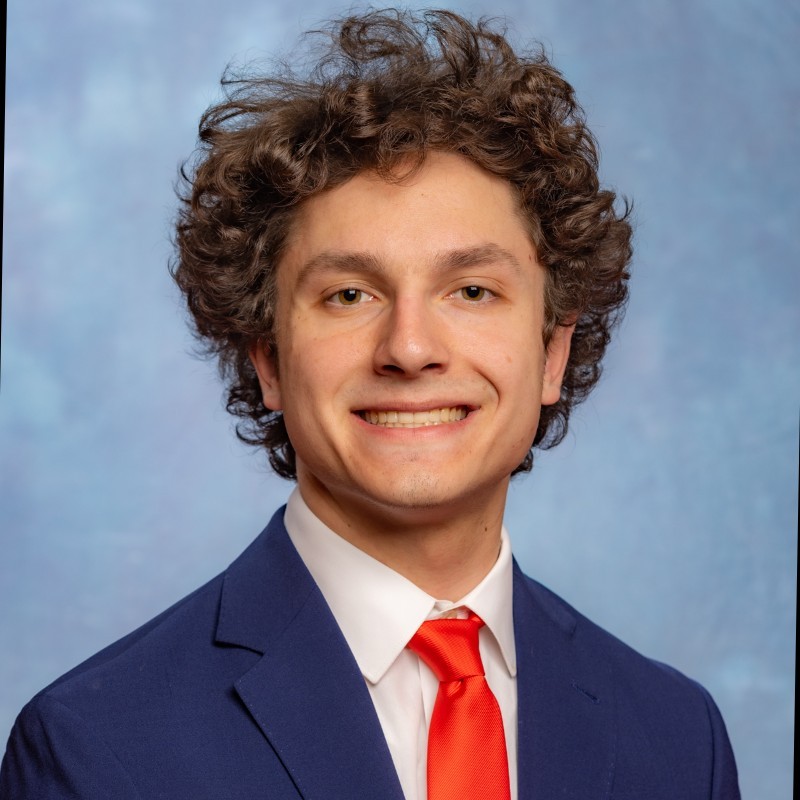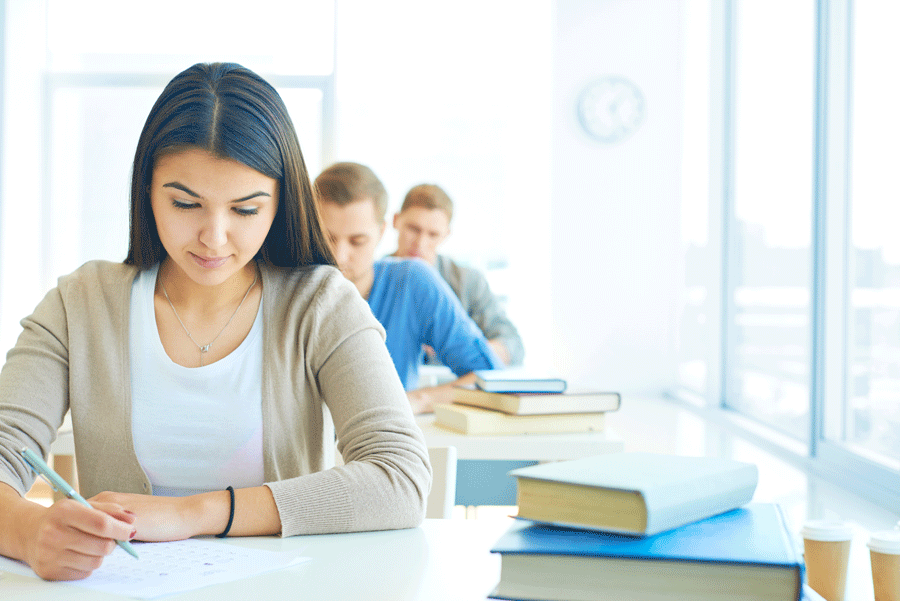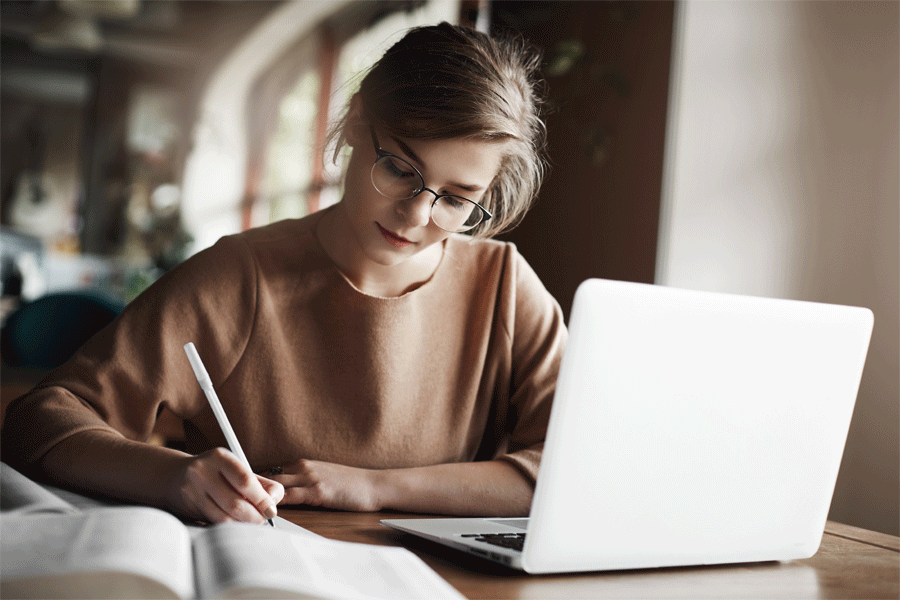A Narrative Essay is defined as a form of academic writing where the writer tells real-life experiences, events, and interactions in the form of a story from the first-person perspective.
The essay incorporates vivid details and descriptive techniques to convey the story. Narrative essays are ordinarily restricted in length. These essays are meant to guide the readers through a story, and the writer does not make arguments, criticise, or attempt to persuade the readers about the story. This way, readers can draw their conclusions and interpretations of the story.
12 Best Examples
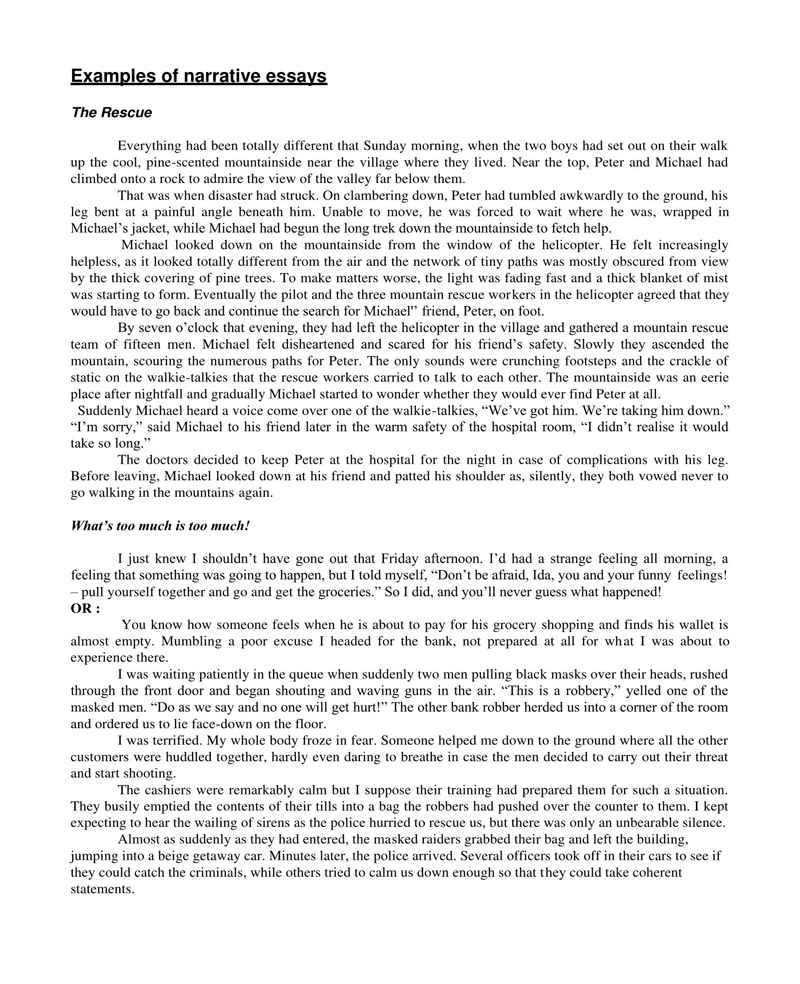
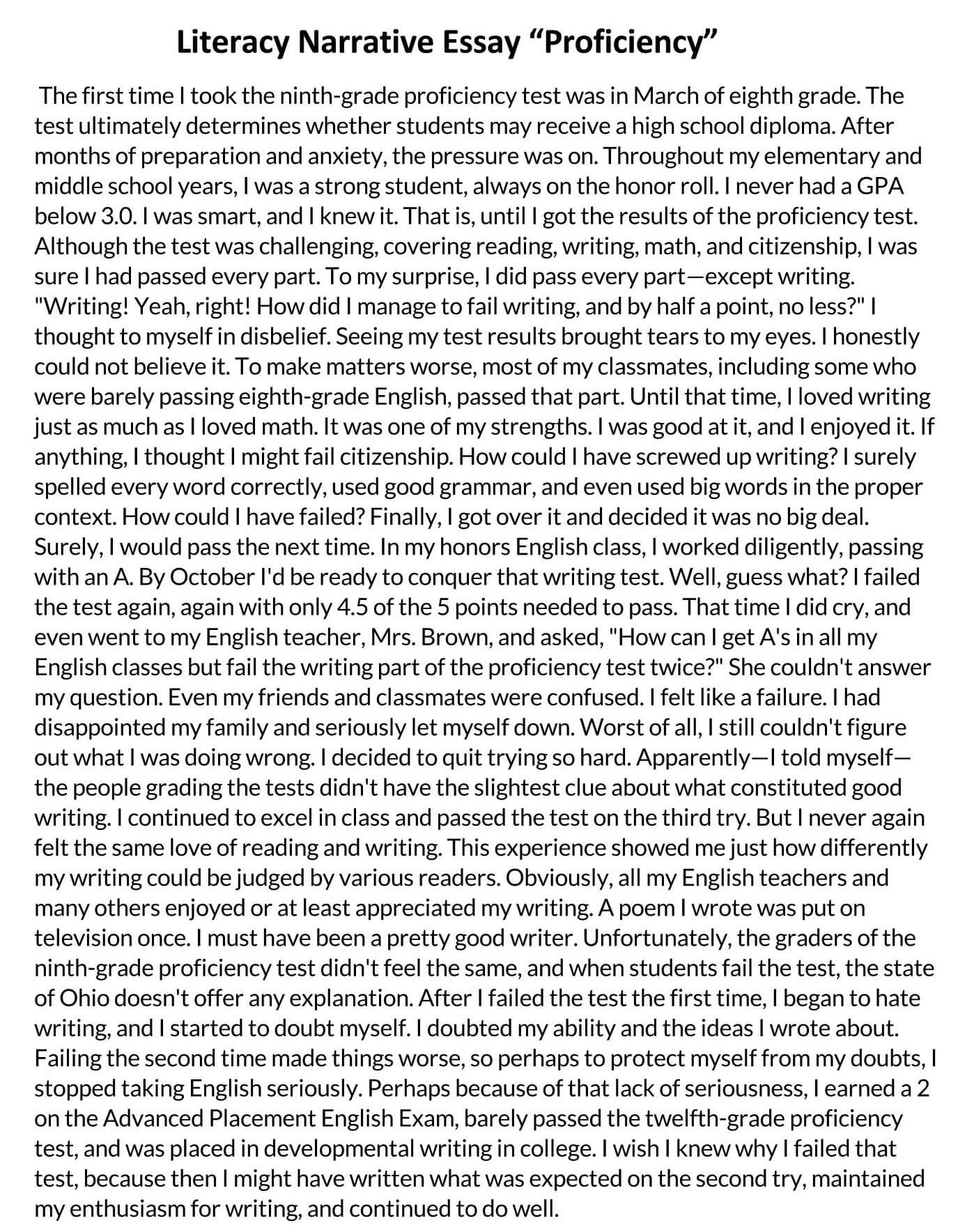
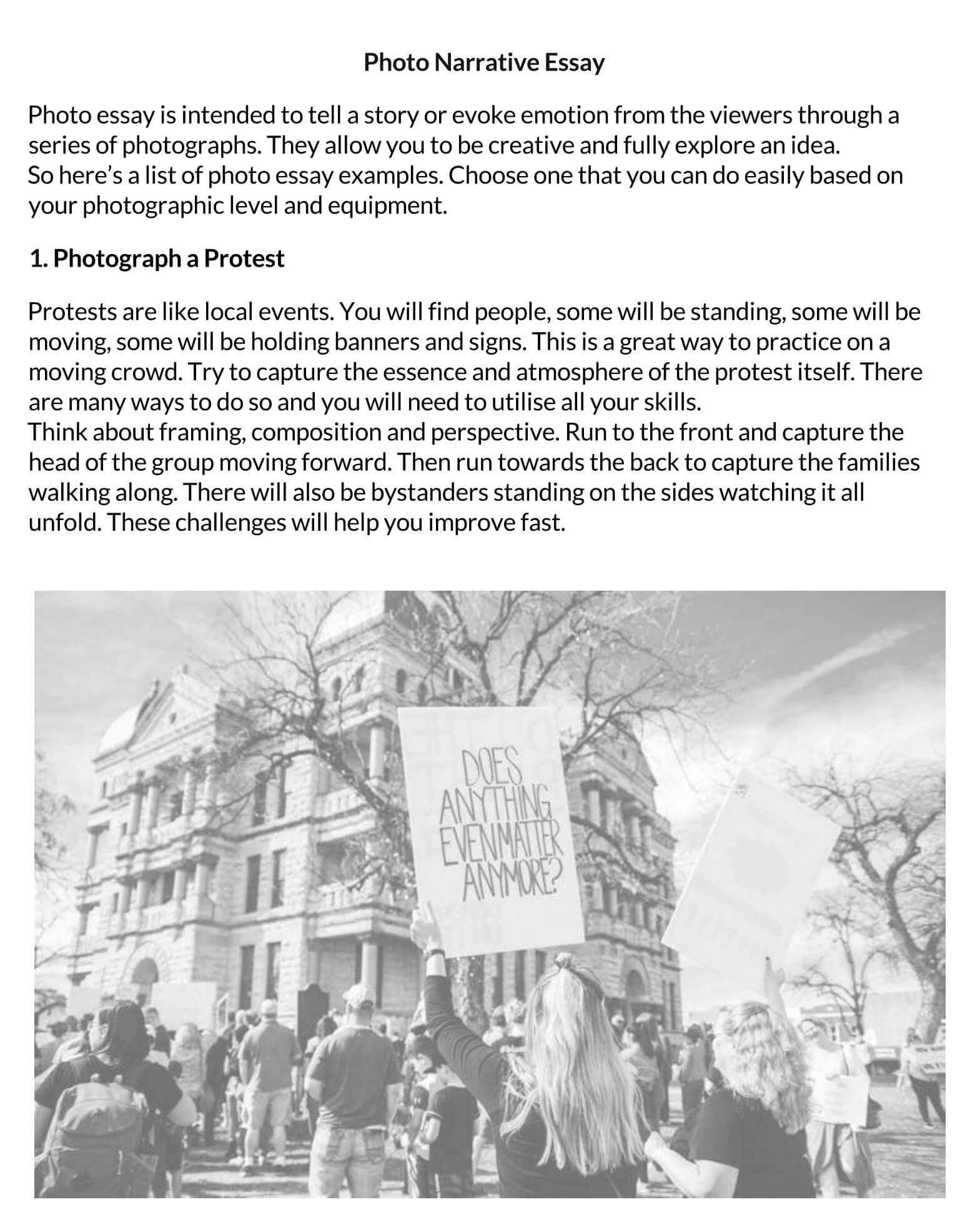
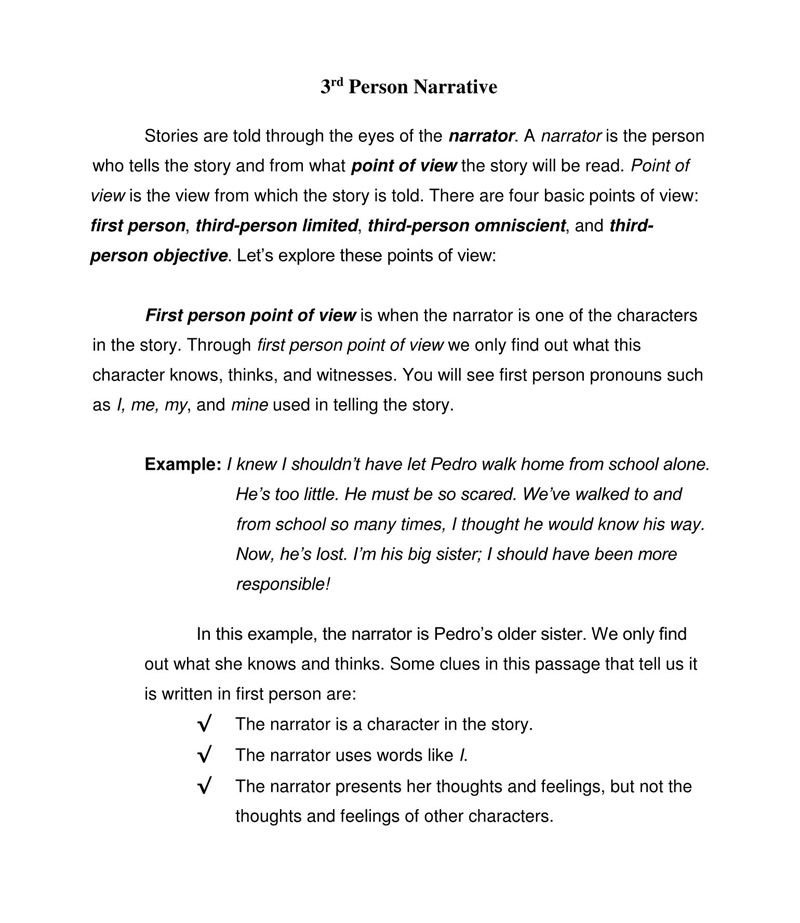
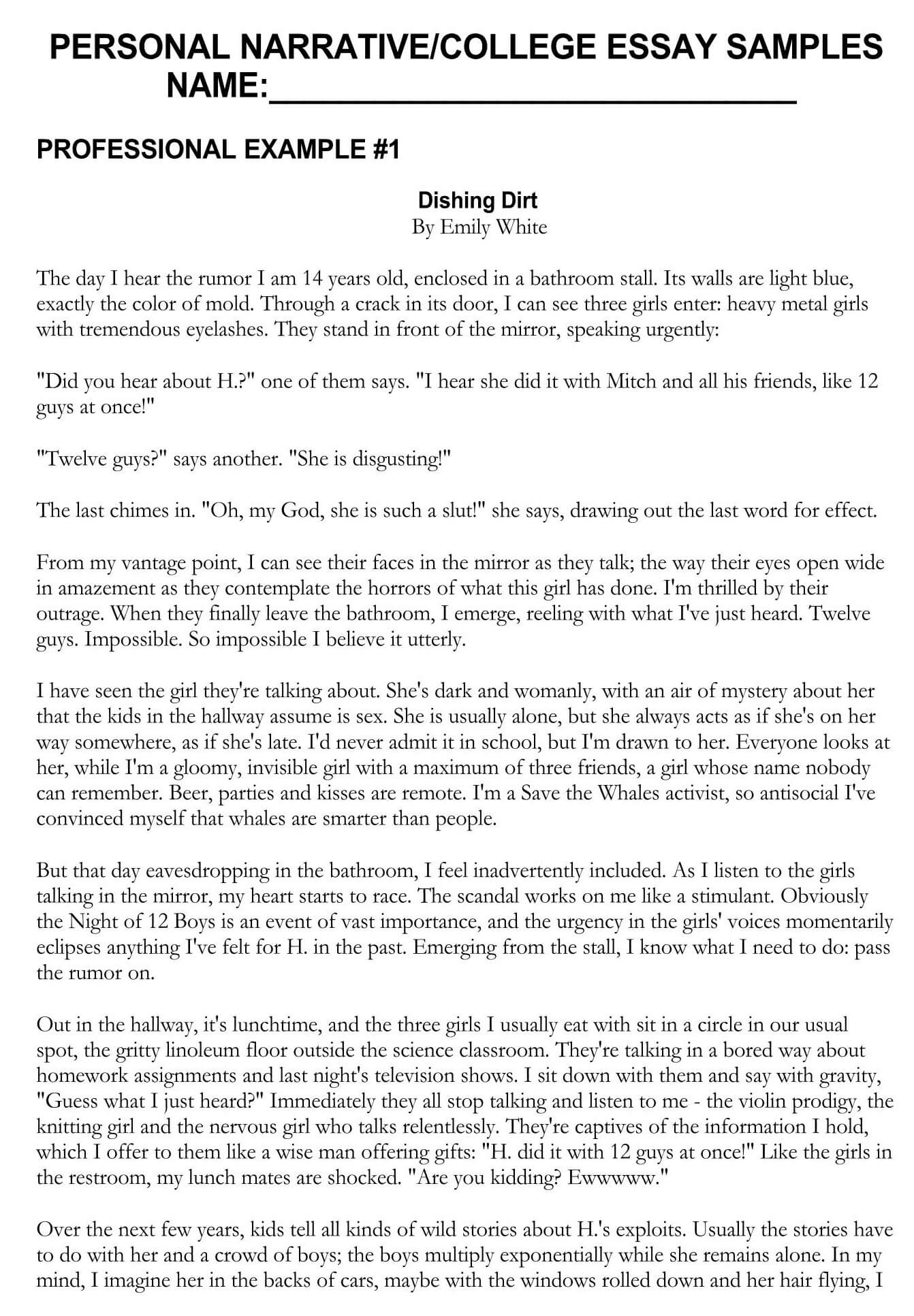
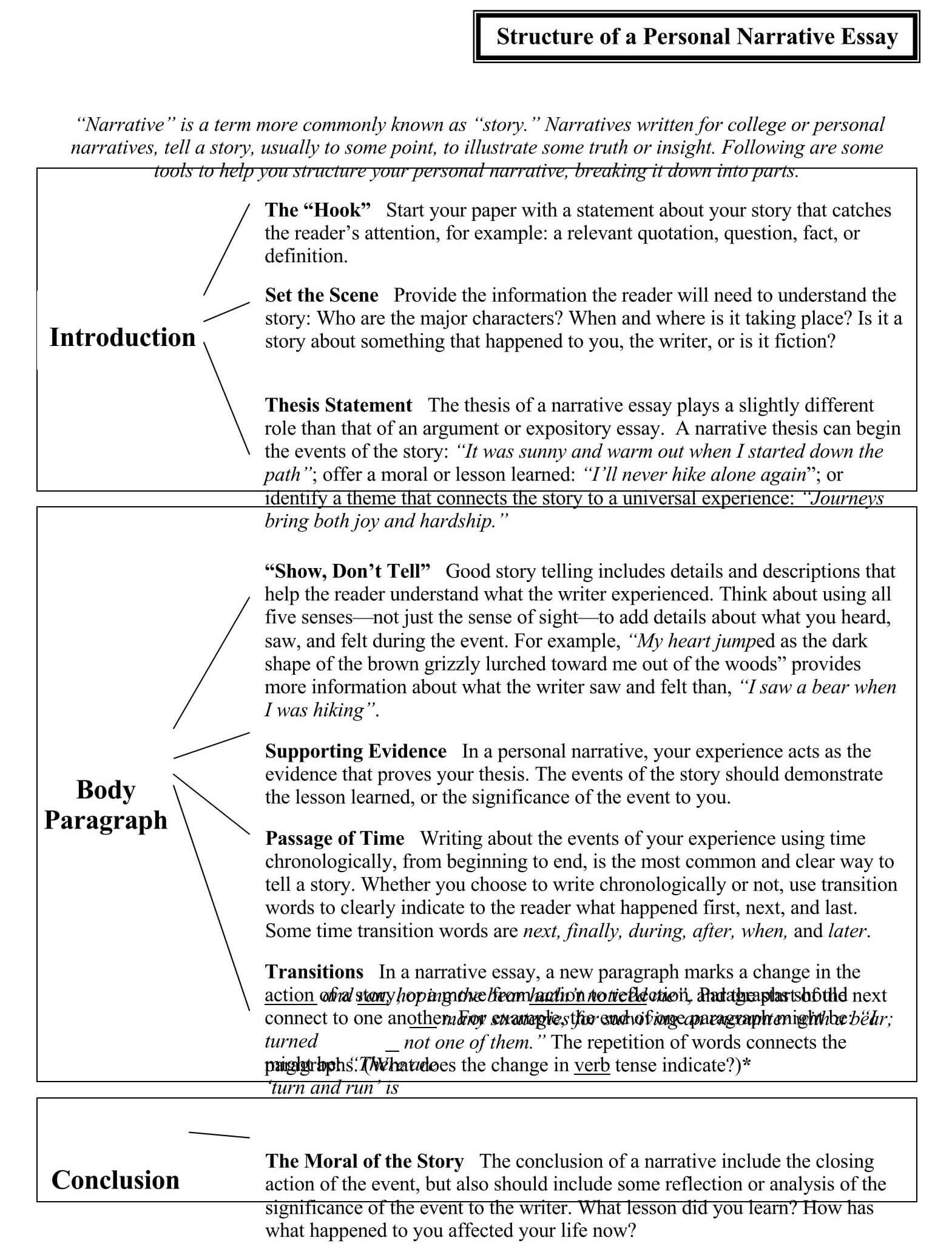
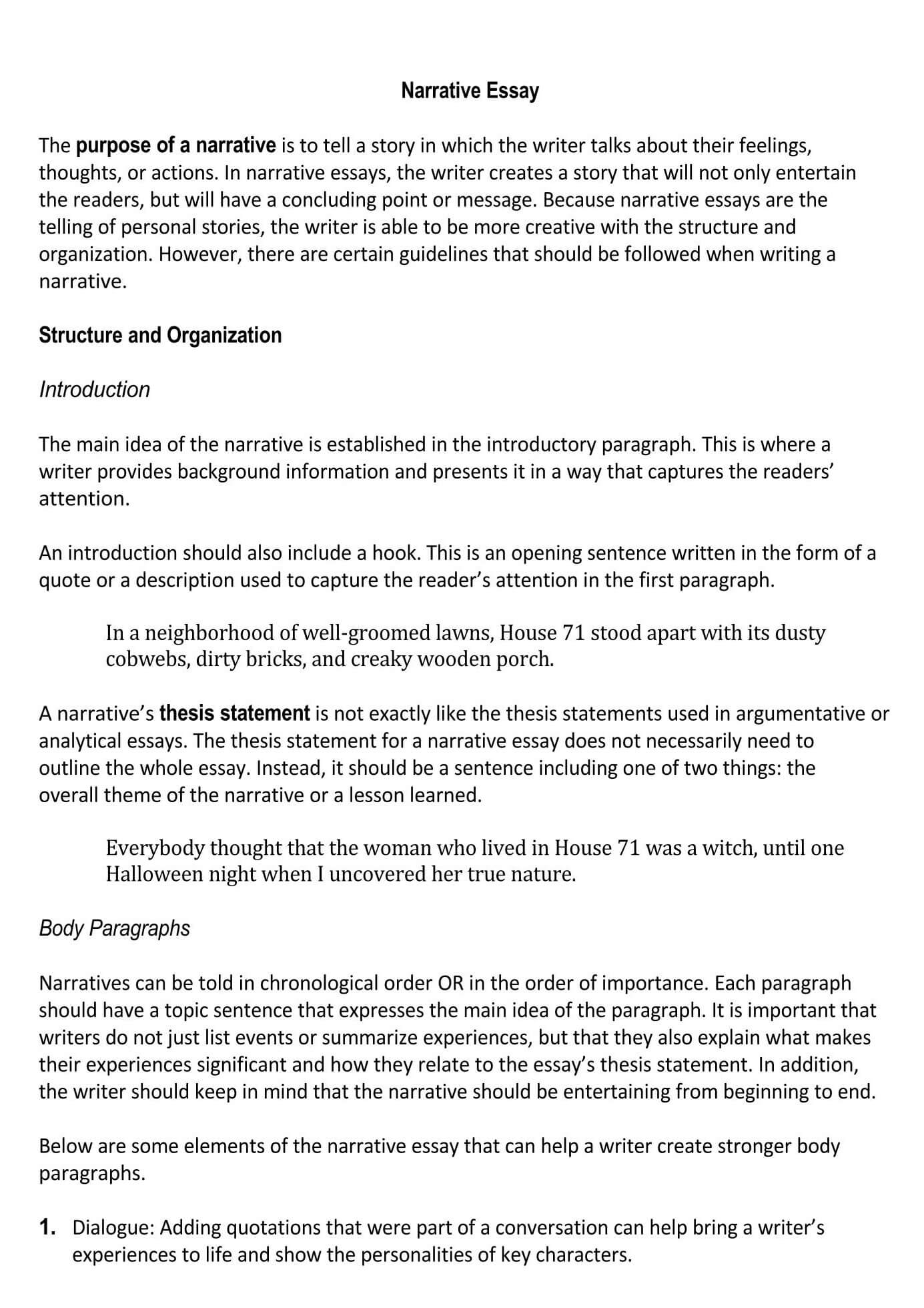



Choosing a Topic
As much as narrative essays are meant to share stories to a larger audience, they are usually meant to convey a particular lesson as “why” the story is being told – why the story is relevant. Therefore, the relevance of this essay will be influenced by the topic to a great extent.
Writers have the following options when it comes to topic selection:
Specific topic
Sometimes, the writer can be assigned to write a narrative essay on a specific topic. This approach limits one to a particular experience, and the writer is expected to draw from that topic and come up with a unique essay.
EXAMPLE
Write a story about your favourite sport.
Open-ended topic
Alternatively, writers can be requested to write a narrative essay based on events or experiences of their choice. However, the story must be relevant to the readers in a specified manner.
EXAMPLE
Write about how campus life has helped you in character development.
Structure of a Narrative Essay
Writers will be assigned different topics to write narrative essays throughout high school and college. Regardless of the topic, each narrative will fundamentally have a plot, setting, characters, conflict/challenge, and theme. These characteristics can be broadly grouped into the three essential components that form the standard structure of a narrative essay.
These components are:
Introductory part
The introduction of the essay is a summary that introduces the topic discussed in the main body of the essay. The introduction should have a hook that sets the tone of the narrative. Including a revelation or a confession is an efficient way of engaging and getting the reader’s attention. Also, include a background of the story and the thesis or significant point to be discussed.
The introduction does the following things:
- Engages the readers in the story
- Sets the scene and gives them a mental picture of what is happening in the story
- Gives a clear understanding of the purpose/relevance of the narrative essay.
Main body of the essay
The main body gives the sequence of events that jointly make up the narrated story and shows how the plot, setting, characters, challenge, and theme are interconnected. The main body should be factual and detailed. Each idea should be presented in a paragraph, and therefore a narrative can have multiple paragraphs. The word count requirements will often limit its length.
The main body is characterised by the following:
- Includes vivid and relevant details of the story
- Incorporates dialogue to break the monotony
- Outlines sequential occurrence of events to assist the writer in grasping the timeline and build-up of the story.
Conclusion
Finally, a narrative essay should have a conclusion.
An adequate conclusion has the following parts:
- Summary – A summary is an emphasis on critical details and ideas discussed in the story. It outlines the lessons learned from the story to create relevance of the essay to the reader.
- Thesis statement – The thesis statement can also be restated in conclusion.
Writing a Narrative Essay (3 Steps)
Narrative essays are some of the most accessible types of essays to write. This article will provide a step-by-step guide that a writer can use to come up with excellent essays.
The writing process has the following steps:
Preparation of the writing
First and foremost, to write an excellent narrative essay, adequate planning and preparation must be done. This includes close reflection on past experiences that align with the given assignment. In addition, the following pre-writing considerations should be considered.
Consider the topic (what to write about)
Pick an experience rich in content that would make an excellent narrative essay. It is recommended that writers pick a story that is significant to them or has an emotional connection to the topic so that it will be easier to convey that in the narrative.
The following criteria can be used; write on topics that are rarely talked about or are inadequately discussed on the web and a topic that encourages the reader to read the essay and find out more than what is happening in the story.
What is required of the topic?
Determine what is required from the narrative. Which events will make up the story for the essay to be compelling. Determine what the most vibrant points of the story are.
Where to search for evidence?
Narrative essays are best delivered from personal experiences. However, online research can be time-consuming and exhausting and might lack that uniqueness based on other people’s experiences.
Writing process
Secondly, once adequate preparation and planning have been done, it is time to commence the writing phase.
Writing of a narrative essay is done in the following steps:
Start with the draft
The first step is to outline what one intends to lay down in the story. The outline should have the general setup, climax, and thrilling conclusion of the story. Once the outline has been prepared, proceed to write the story using the outline as the blueprint.
Storyline elements
Include elements of the story that provide context to the story. Storyline elements can be recalled from memories. They include the setting, year, season, people, and objects involved in the story. Note that no detail is too small for the story. As much as readers want to learn something from the narrative essay, they want an exciting story to read.
Point of view (provide information in 1st person)
Ensure to use first-person, “I” perspective. Using first-person helps the reader relate to the writer as they go through the story.
Proving and supporting
Also, incorporate supporting arguments to statements made in the story on top of one’s opinion. For example, quoting renowned authors or using common sayings is an efficient way to support claims.
Clear writing
Write the narrative essay clearly and comprehensively. The essay should be as good as its delivery. No one wants to read an essay they do not understand, so do not put readers in that position. Instead, write the essay clearly by using simple words and language that resonates with the target audience.
Use of figurative language
The essay should be interesting to read and should be able to suck readers into the character’s world. This can be achieved by incorporating figures of speech, dialogues, and elements of suspense. Elements of suspense keep the reader wanting to read more of the story.
tip
Do not give away the main topic or twist at the beginning of the story. Let the readers make conclusions on how they think the story will end.
Chronological order of events
Writing events in the order they occurred creates a flow of ideas. However, when a timeline is mixed up, they tend to confuse the reader, resulting in a lack of interest in reading further.
Highlight crucial moments
Due to the limiting factor of word count usually associated with narrative essays, it is important to prioritize crucial moments/events because they form the backbone of the essay. Clearly show how these moments impacted the outcome of the experience (lesson).
Describing the characters/places
Give a little insight into the major characters and settings of the story. Include physical traits of locations and personality traits of characters. This might help the reader to feel more familiar with the setting and characters or associate them with things they are familiar with in real life.
Adding a little spice
A little unpredictability goes a long way in writing an excellent narrative essay. Do not hold back from being playful with words, incorporating jokes, twists, and characters that readers would not expect in the story. Help the readers in enjoying the story.
Do not write unnecessary details
main focused on the main topic. Unnecessary content/details that do not contribute to the quality of the narrative essay should be avoided.
Editing
After finalising the first draft of the essay, please go through it and conduct a thorough review, modify, and reorganise areas that can be improved.
Keep the following considerations in mind:
Transitions
Is the essay easy to understand, and is there a progression of events?
Engagement
Does the essay engage readers and contain enough details to be worth a read? Are there extraneous details that do not improve the quality of the essay?
Topic
Has the topic been effectively discussed? Does the content of the essay align with the purpose of the narrative essay?
Once the areas that need improvement have been identified, edit accordingly. Replace long and complex sentences with short and simple ones. Edit out any repetition and paraphrase sentences that are difficult to understand. Finally, double-check the format and structure of the narrative essay until they are all satisfactory.
Proofreading
Finally, proofread the entire essay while looking out for spelling and grammatical mistakes. Have a third party proofread the essay and highlight errors that one must have missed while reviewing the essay themselves.
How Narrative Essay Examples Help
Reading well-written narrative essays is part of the growth process in becoming an excellent writer. One can identify critical elements of the essay examples that make the essay in question stand out and can therefore incorporate them in their essays. Writing is a skill, and the more one reads, the better they get at writing great essays. Therefore, the narrative essay examples truly help out a reader with writing his or her own essay, once these examples are read.
My first entrepreneurial lesson
I have loved the art and science of entrepreneurship since I was a little boy growing up in my hometown in Oregon. So much so that I first ventured into entrepreneurship as a teenager, thinking it was a smooth sail in the sea only to find out, maybe it is not as smooth.
At 14 years of age in 2008, I would paint different things, from flowers, animals, people, and trees, in different colours and then sell the paintings for $8. Then, I would sell to the locals. The reception was incredible; after all, people wanted to support the small boy from across the street.
Business was good. Satisfied with the bit of money I was making, I was motivated even to paint more and continue selling the paintings to my “local customers.” One day when I was going to present a painting to a neighbour, I saw him throw away a painting I had sold him in a trash can. Confused and sad, I ran back home and told the story to my dad. He said, “That is business kiddo, there are different customers, and some won’t like your products. You have to want to keep going even when it does seem worth it.”
This experience taught me to love my work so much that I can still find a way to go and do it even when it doesn’t feel worth it. That was my first entrepreneurial lesson, and I’m glad I learned it at a young age.
Frequently Asked Questions
If the topic to be discussed is not provided, it will usually be up to the writer to select an interesting topic to discuss. Brainstorm a particular theme or lesson and draw from personal experiences to develop a compelling story that relates to the topic. The topic does not have to be original; one can borrow from examples of narrative essays and use their story to create relevance to the topic.
Narrative essays are commonly academic forms of writing. Therefore, one will often have to write this essay asked by teachers or professors in high school and university/college. In some cases, narrative essays are part of university applications, and the admission committee might request narrative essays highlighting an applicant’s story.
This essay should be as long as the instructions direct. Most assignments will give a word count range. The general rules are, the introduction should be 2-3 sentences, the main body can be 3-5 paragraphs, and the conclusion can take 3-5 sentences.
